“The Sound of Violin: Exploring the World of Strings”
- Ancient history European history Medieval history
 Shweta Toppo
Shweta Toppo- February 5, 2023
- 0
- 308

INTRODUCTION
The violin is a beautiful and versatile musical instrument that has captivated audiences for centuries. With its sweet and haunting sound, the violin has played a vital role in the development of classical music and continues to be an important part of musical culture today. Whether you’re an experienced musician or just starting out, the world of a violin is one that is full of history, technique, and musical expression. In this blog, we will explore the history, playing styles, and various aspects of the violin, providing insights and tips for both beginners and experienced players alike. So join us on this journey as we delve into the beautiful and timeless world of the violin.
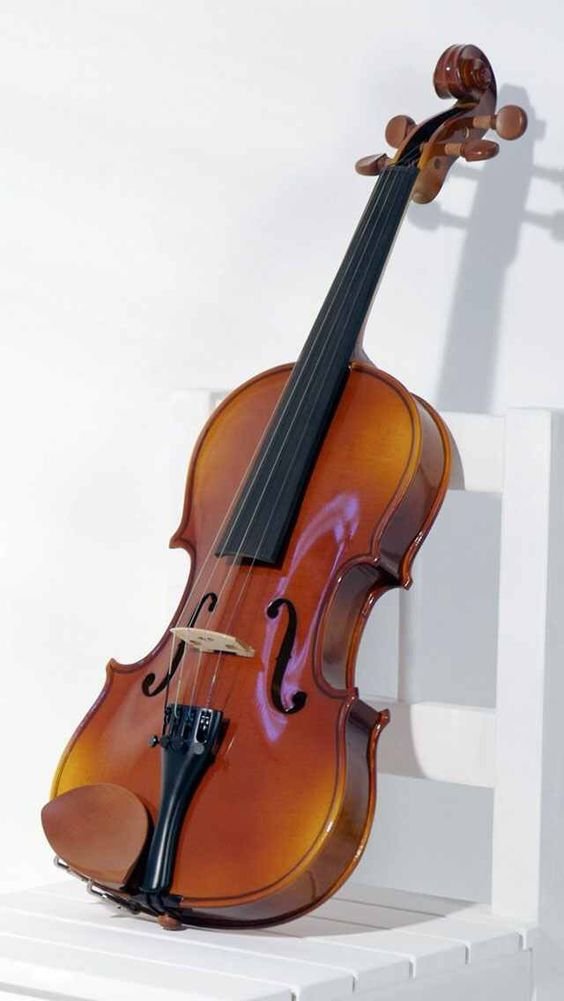
ORIGIN OF THE VIOLIN
The origin of the violin is shrouded in mystery, with various theories and legends surrounding its creation. However, it is widely believed that the modern violin was developed in Italy during the 16th century. The earliest versions of the instrument were called the lira da braccio, and it is believed that the legendary luthier Andrea Amati was one of the first to build a modern violin. From Italy, the instrument quickly spread throughout Europe and became an essential part of classical music. The design and construction of the violin have changed little over the centuries, and many of the greatest luthiers of the past, such as Antonio Stradivari and Guarneri del Gesu, are still renowned for their craftsmanship and the superior sound quality of their instruments. To this day, the violin remains a popular instrument, with millions of people around the world playing it in orchestras, chamber music groups, and as soloists.
The history of the violin is long and rich, stretching back over 400 years to its origins in 16th-century Italy. The modern violin evolved from earlier string instruments such as the lira da braccio, and its development is largely credited to the work of Italian luthiers such as Andrea Amati and his descendants, who established the classic design and proportions of the instrument that are still in use today.
The violin quickly gained popularity throughout Europe and became a staple of classical music. It was used in court orchestras, opera, and chamber music, and was especially favoured by composers such as Bach, Mozart, and Beethoven. The 18th and 19th centuries were a golden age for the violin, with many of the greatest composers and performers of the time writing works specifically for the instrument.
In the 20th century, the violin continued to evolve, with many new playing techniques and styles emerging. The instrument became an important part of jazz and popular music and has been played by some of the greatest musicians of the last hundred years, including Yehudi Menuhin, Jascha Heifetz, and Itzhak Perlman.
Today, the violin remains one of the most popular and versatile instruments in the world, with millions of people around the world playing it for its beautiful sound, rich history, and endless musical possibilities.
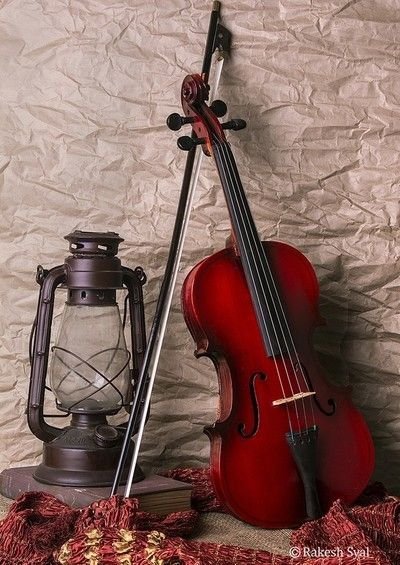
HOW THE VIOLIN IS MADE
The process of making a violin involves several steps, including selecting the wood, cutting and shaping the pieces, glueing the pieces together, carving the arching, applying the finish, and finally, stringing the instrument:
Wood Selection: The most important part of making a violin is selecting the right wood. Tonewoods, such as spruce and maple, are carefully chosen for their sound qualities and workability. The back, sides, and neck of the violin are usually made of maple, while the top is made of spruce.
Cutting and Shaping: Once the wood has been selected, the pieces are cut and shaped using various tools, including knives, planes, and chisels. The pieces are then glued together to form the basic shape of the violin.
Carving: Next, the violin maker begins the delicate process of carving the arching, or the curved top and bottom surfaces of the instrument. This step is critical to the sound quality of the violin, as the arching affects the vibrations of the top and back plates.
Finishing: After the arching is complete, the violin is sanded, sealed, and given a final finish. This process gives the violin its smooth, polished appearance.
Stringing: Finally, the violin is strung with four strings and fitted with a bridge and tailpiece. The strings are tensioned to the proper pitch, and the sound post, a small wooden dowel, is carefully positioned inside the violin to optimize the sound.
Making a violin is a complex and time-consuming process that requires a great deal of skill, patience, and attention to detail. A good violin maker will spend hundreds of hours perfecting their craft, and the result is a beautiful and unique musical instrument with a rich, resonant sound
SEVERAL TYPES OF VIOLIN
There are several types of violins, each with its own unique sound and characteristics. Some of the most common types of violins include:
Stradivari: Stradivari violins are some of the most famous and sought-after instruments in the world. Named after the legendary luthier Antonio Stradivari, these violins are known for their rich, powerful sound and are considered by many to be the epitome of the violin maker’s art.
Guarneri: Guarneri violins are also highly prized, and are known for their bright, focused tone and projection. Guarneri violins are often used in solo performances and are favoured by many professional musicians.
Amati: Amati violins are named after the Italian luthier family of the same name and are considered to be some of the earliest examples of the modern violin. Amati violins are known for their clear, bright sound and are often used in chamber music and orchestral performances.
Stentor: Stentor violins are lower-priced instruments that are popular with beginner and intermediate players. These violins are known for their good tone and playability and are a great choice for those just starting to play the violin.
Electric Violin: Electric violins are modern instruments that use electronic amplification to produce sound. These violins are often used in pop, rock, and other contemporary musical styles, and are known for their versatility and ease of use.
Each type of violin has its own unique sound and playing style, and the right violin for you will depend on your individual needs and preferences. Whether you’re a beginner or a professional, there is a violin out there that is perfect for you.
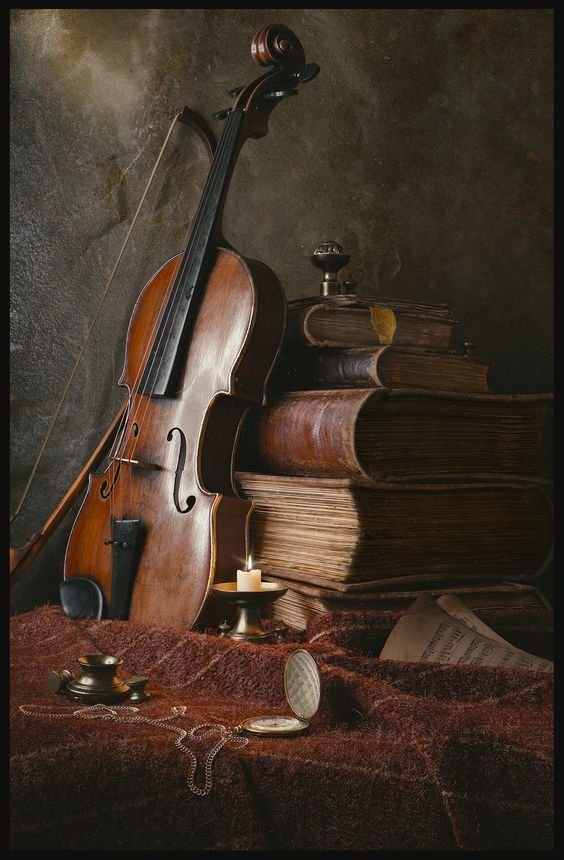
FEATURES OF VIOLIN
The violin is a complex musical instrument that is characterized by several distinct features, including:
Body: The body of the violin is made up of the top plate, back plate, ribs, and neck. The top and back plates are typically made of spruce or other tonewoods, while the ribs and neck are made of maple. The body of the violin is designed to produce sound through the vibration of the top plate.
F-holes: The two f-shaped sound holes on the top plate of the violin are critical to the instrument’s sound. They allow air to flow in and out of the body of the violin, amplifying the sound produced by the vibrating top plate.
Bridge: The bridge is a small, carved piece of wood that sits between the top plate and the tailpiece. It holds the strings in place and transfers their vibrations to the top plate, allowing the violin to produce sound.
Neck: The neck of the violin is the long, thin part of the instrument that extends from the body to the head. The neck is fitted with a fingerboard, and the strings are stopped by the player’s fingers as they play.
Strings: The violin has four strings, each of which is tuned to a different pitch. The strings are made of steel or other materials and are tensioned to the proper pitch by the tuning pegs at the head of the instrument.
Scroll: The scroll is the decorative piece at the end of the violin’s neck, and is one of the most recognizable features of the instrument. The scroll is not just a decorative element, however; it helps to balance the weight of the instrument and provides a grip for the player’s hand.
Tailpiece: The tailpiece is a small, rectangular piece of wood that sits at the end of the body of the violin. The strings are attached to the tailpiece, and the endpin extends from the tailpiece to support the instrument as it is played.
These are some of the key features of the violin, and each one plays an important role in producing the instrument’s rich, resonant sound. Whether you are a beginner or a seasoned player, understanding the features of the violin is essential to making the most of this beautiful and versatile musical instrument.
LIST FAMOUS MUSICIANS OF VIOLIN
There have been many famous musicians throughout history who have made a significant impact on the world of violin playing. Here is a list of some of the most well-known and influential violinists of all time:
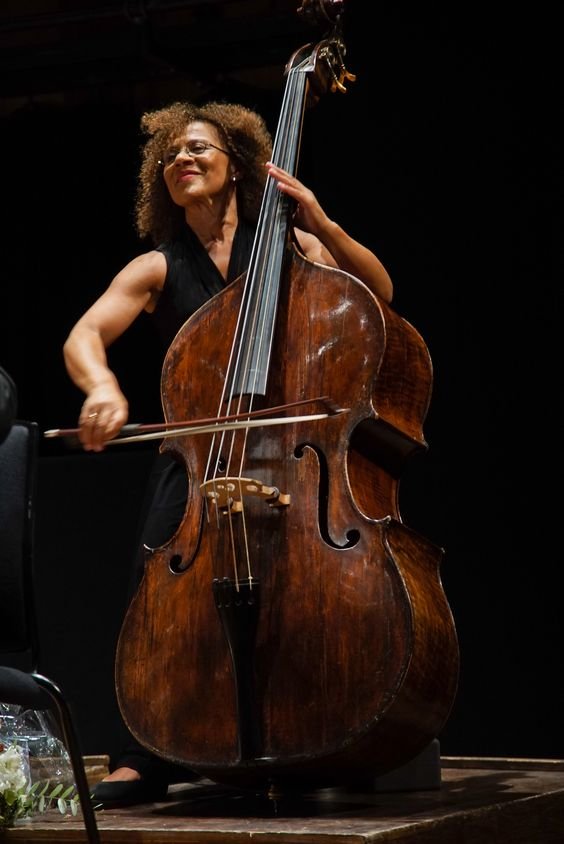
Niccolò Paganini (1782-1840) – Niccolò Paganini was an Italian violinist and composer who was widely regarded as one of the greatest violinists of all time. He was known for his virtuosic playing, and he popularized the use of extended techniques such as rapid string crossing, double stopping, and advanced bowing techniques.
Antonio Vivaldi (1678-1741) – Antonio Vivaldi was an Italian Baroque composer and violinist. He was a prolific composer, and his most famous works include “The Four Seasons” and numerous concertos for violin. He was also a celebrated violin teacher, and many of his students went on to become famous musicians in their own right.
Johann Sebastian Bach (1685-1750) – Johann Sebastian Bach was a German composer and musician who is widely regarded as one of the greatest composers of all time. He wrote numerous works for violin, including sonatas, partitas, and concertos. His music is characterized by its intricate counterpoint and expressive melodies, and it continues to be widely performed and recorded by violinists today.
Fritz Kreisler (1875-1962) – Fritz Kreisler was an Austrian-born American violinist and composer. He was one of the most celebrated violinists of his time, and he was known for his beautiful tone, virtuosic technique, and charming stage presence. He composed numerous works for violin, including “Liebesleid” and “Liebesfreud”.
Jascha Heifetz (1901-1987) – Jascha Heifetz was a Russian-born American violinist who is widely regarded as one of the greatest violinists of all time. He was known for his virtuosic playing and effortless technique, and he made numerous recordings that continue to be widely regarded as benchmarks of violin playing.
These are just a few of the many talented violinists who have made a lasting impact on the world of music. Each one has contributed to the development of the violin as a musical instrument and has helped to preserve and advance the art of violin playing for generations to come.
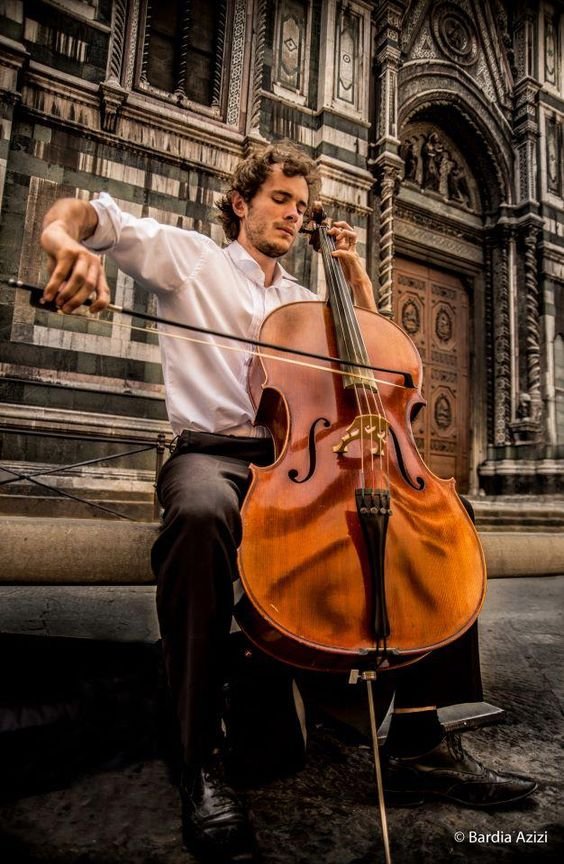
CURRENT SCENARIO
The current scenario of violin playing is characterized by a vibrant and thriving community of musicians, performers, and teachers. The violin continues to be one of the most popular instruments in the world, and it is widely used in classical music, folk music, and popular music.
In the classical music world, there are many talented young violinists who are continuing the tradition of virtuosic playing and musical expression. They are performing in prestigious concert halls around the world and collaborating with top orchestras and chamber music groups.
In addition to classical music, the violin is also becoming increasingly popular in other musical genres such as pop, rock, and hip hop. Many musicians are incorporating the violin into their performances and recordings, and there are a growing number of crossover artists who are exploring new ways of combining classical and popular music.
The violin is also a popular instrument for education, and there are many programs and schools that offer instruction in violin playing. These programs range from beginner classes for young children to advanced study programs for professional musicians, and they are helping to cultivate the next generation of violinists and musicians.
In conclusion, the current scenario of violin playing is one of continued growth and vitality, as musicians and fans alike continue to be inspired by the beauty and expressiveness of this timeless instrument.

CONCLUSION
In conclusion, the violin is a versatile and dynamic musical instrument that has a rich history and a thriving presence. From its origins in the early 16th century, the violin has evolved into one of the most popular instruments in the world, and it continues to be a beloved part of the classical music tradition. Whether through virtuosic playing, innovative composition, or inspiring education, the violin is making a lasting impact on the world of music and will continue to do so for generations to come. The many talented musicians, teachers, and enthusiasts who make up the violin community are a testament to the enduring appeal and versatility of this magnificent instrument.


